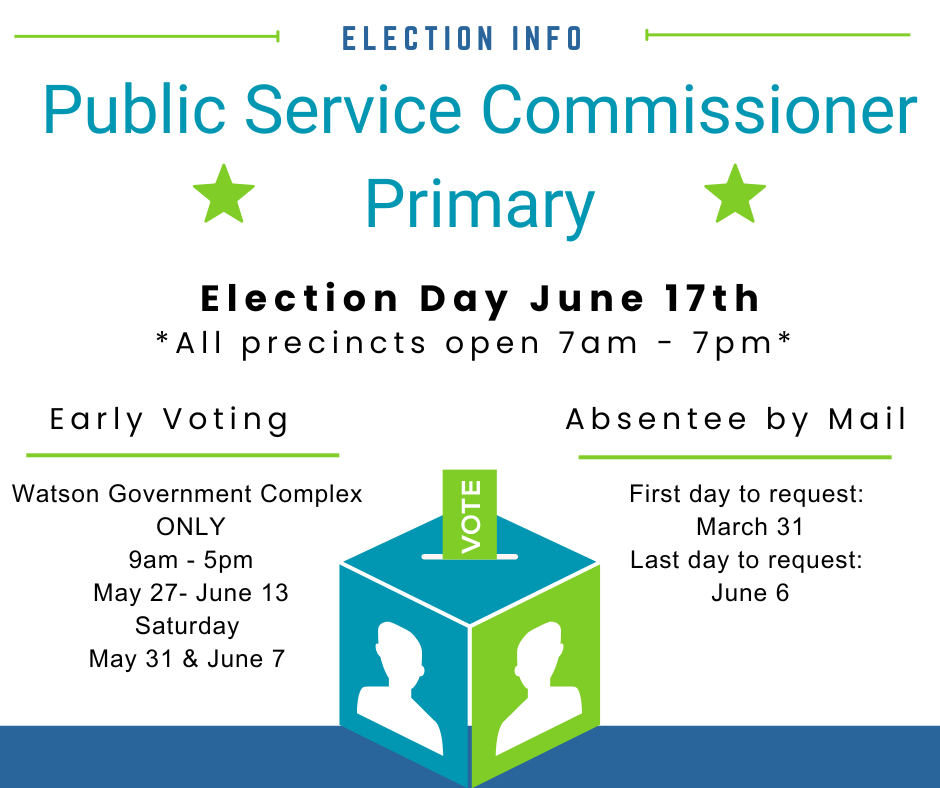The Board of Education during their Tuesday work session approved of a new Tax Anticipation Note resolution sought from Polk School District administration to help ensure that bills will be paid through year’s end.
The resolution for the note for $5 million comes with a requirement that the money be used to pay the bills for the rest of the 2024 calendar year. The interest rate is set at 4.78% and has a maturity date of December 19.
Truist Bank’s Commercial Division is providing the TAN and will be holding the note through year’s end.
Per the resolution, the Board of Education undertook an “independent investigation of the present and future needs of the School District” to determine they would need the TAN to make it through the upcoming year.
The interest on the loan alone will cost the district an additional $239,000 when they pay off the note once property taxes are collected from bills going on this year.
Superintendent Dr. Katie Thomas provided the following statement about the TAN by email:
“Tax Anticipation Notes (TAN) are often used by school districts that do not have large fund balances. Due to the uneven timeline of receiving state funds and property tax disbursements, TANs are short-term (six-month) loans, that assist districts in cash-flow operations until such funds are collected. For example, our new fiscal year starts in July, we start school in August and begin paying employees; however, we do not receive the majority of our property tax collections until November creating a budget shortfall during that period. Thus, school districts use TANs to bridge that gap.”
The statement continued: “As discussed in our millage hearings, Polk School District maintained a healthy fund balance over the last several years while receiving federal pandemic-related funds. Once those funds were expended, unfortunately, the needs created by the pandemic did not go away. Our district dipped into our fund balance this past year to continue providing needed services to our students. In order to sustain this school year and beyond and to comply with state law, we had no other option but to raise our millage rate. Knowing the burden taxpayers were already facing with increased assessment values, we kept our millage rate at the required 14 mills. In order to build our fund balance to the levels that would not require a TAN (at least two months of payroll) we would have needed to increase the millage rate even more. The TAN helps us to operate without additional effects on the taxpayer during an already challenging economic environment.”
A Tax Anticipation Note (TAN) is essentially a line of credit provided to the district to ensure they have funding on hand to pay the bills ahead of local tax collections, which will be utilized to pay off the note by year’s end. For example, if the district collects $15 million in local taxes this year, they’ll use $5.2 million to pay off the loan and still have $10 million on hand to apply to the budget.
This comes after the Board of Education was forced to increase the millage rate to an even 14 mills this year. They had for the two years previous during COVID-19 and additional funding provided by the federal government to lower the millage rate below 14 mills, but ran into issues with the state and equalization grant money the district receives due to its rural status.
If the board had left the millage rate below requirments for the collections made locally on behalf of the district for school funding, PSD would have risked losing more than $7 million annually from the state if they kept the millage rate below 14 mills for education funding collected locally.
The tax anticipation note also coincides with an decrease in the general fund balance for the district. As the last fiscal year was coming to a close, the district ended with just under $3 million in general fund balance overall.
An updated number for the end of July’s fund balance will be reported at the upcoming regular session of the Board of Education this coming Tuesday, September 10 at 4 p.m.





















Leave a Reply